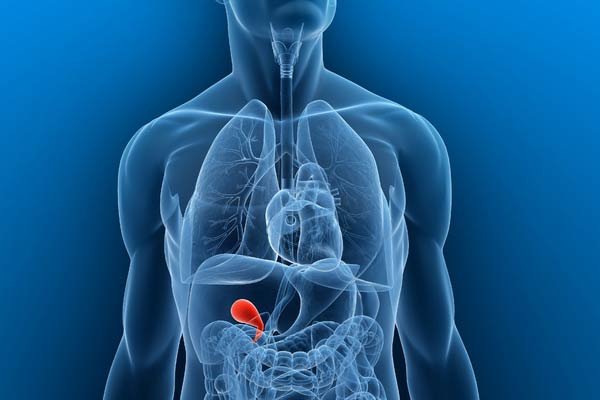Gallbladder Surgery
Gallstones affect 15-20% of the population, however most people do not experience any symptoms. When gallstones do cause symptoms, the gallbladder may need to be removed because of the complications gallstones can cause.
What are gallbladders and gallstones
The gallbladder is a small sack-shaped organ that stores bile produced by the liver. The gallbladder is located beneath the liver. Gallstones are small masses made of undissolved cholesterol that can block the flow of bile and irritate the gallbladder.
Signs you may need gallbladder surgery
Common symptoms of gallbladder issues include:
Indigestion along with bloating, heartburn, or gas
Severe pain around your belly area
Fever, nausea and vomiting
Jaundice (yellowing of the skin and the whites of the eyes)
Diagnosis
Gallstones are diagnosed by an ultrasound scan, which is painless and non-invasive. In some cases, more advanced testing via a MRCP (a type of MRI scan) may be required. Bloods tests will also be required to check that the liver is functioning correctly.
After gallstones or gallbladder polyps are diagnosed, a detailed history of your symptoms will be taken and if you have is a strong connection between symptoms and gallstones or gallbladder polyps, gallbladder surgery may be recommended by your doctor.
If you are experiencing symptoms of gallbladder issues, book in with your GP to discuss next steps. If you are experiencing pain in your gallbladder that lasts more than three hours, go to the Emergency Department at your local hospital.
How is gallbladder surgery performed?
The risks associated with gallbladder removal are fewer than the risks of developing more serious issues from gallstones. So when Gallbladder surgery is recommended by your doctor, there are two ways the surgery can be performed; laparoscopic (keyhole) cholecystectomy (gallbladder removal) or an open cholecystectomy. Of the two, laparoscopic cholecystectomies are the most common with patients recovering and leaving the hospital sooner.
Laparoscopic (keyhole) Cholecystectomy
With this technique, the surgeon makes four small incisions around your abdomen. They insert a laparoscope (a thin tube with a light and camera that allows the surgeon to see inside you) through one of the incisions. Air is then pumped into your belly to inflate the space, so the surgeon has room to see and work.
To remove the gallbladder, the surgeon will use the laparoscope and other instruments, then close the incisions using stiches, staples, surgical tape, or glue. These will dissolve as you heal, so your surgeon will not need to remove them in the future.
Open Cholecystectomy
In cases where laparoscopic gallbladder removal is not possible, such as when a patient has severe gallbladder problems, or they have scar tissue in the abdomen from previous surgery, an open cholecystectomy may be required. In an open cholecystectomy, a surgeon makes one large incision in your abdomen to access and remove your gallbladder. Recovery for this surgery generally takes longer.
Recovery after gallbladder surgery
After surgery, you may feel some pain around the incisions or in your right shoulder blade, which can be helped with prescribed painkillers. Many people go home the same day as the surgery. Dressings should be left on for the next 7 days.
Most people can return to regular activities within 24 hours, go back to work and drive a car after one week. For the first few weeks, you should try to avoid strenuous activities and fatty foods. Doing these things will aid your recovery.
Read about wound care after surgery.



